Political art is any artistic practice that consciously incorporates an intention to intervene, question, or make visible power structures, social conflicts, injustices, or ideological tensions. It is not limited to representing politics, but seeks to establish a critical relationship between the work, the viewer, and its historical, social, economic or ideological tensions. A specific style does not determine its form; it can adopt multiple languages, disciplines, and media: painting, installation, performance, photography, digital art, writing, film, music, public art, or visual activism, among others. What defines it is not the medium, but its ethical and aesthetic positioning.
Throughout the 20th century, political art had key moments, from the art of the historical avant-gardes such as Russian constructivism or Dadaism, to anti-fascist practices, feminist art, conceptual art of denunciation in Latin America, protest art during May ’68, queer art, anti-colonial art, activism against racism or art of resistance in war zones. In all these cases, art was understood not only as a form of expression, but also as a tool for struggle, memory, organisation, or disobedience. However, not all art with social content is political art. Political art implies a conflict with the institutional and symbolic context that surrounds it. It is not about illustrating slogans or superficially denouncing a problem. It is about intervening in the collective imaginary, about altering the dominant codes of the visible. As Jacques Rancière pointed out, what is political in art lies not so much in the message, but in the ‘redistribution of the sensible’, that is, in altering the distribution of what can be seen and heard in a society.
“The whole system of modern culture has become an integration machine. Art, even the most radical, cannot escape its absorption”. Theodor W. Adorno and Max Horkheimer. Dialectic of Enlightenment.
Political art is, or should be, always uncomfortable; it should generate friction. It does not necessarily seek solutions, but it does produce questions that destabilise the normalised. In the best of cases, it forces us to look at what we don’t want to see or to listen to what has been silenced. However, political art nowadays is barely relevant. Not because the reasons have disappeared, but because it has been absorbed by the very systems it is supposed to combat. What is presented today as criticism is barely a domesticated echo, a decorative murmur within the great theatre of cultural correctness. The proposals that call themselves committed are, in many cases, bordering on naivety. They resemble exercises in emotional design for souls who want to feel good without putting anything at stake. Entertainment with a pretence of ethics.
Works that claim to be committed barely scratch the surface of what they denounce. Instead of shocking, they illustrate; instead of discomforting, they decorate. There is no language today with the capacity to question, as they use the right tone, the calibrated aesthetic, the format ready to circulate through networks, to be shared and, if they are lucky, to appear in the media as an ingenious gesture. Political art has become anecdotal. One more content among thousands, a form of aesthetic production that doesn’t challenge, but accompanies. What should be tearing apart has become normality, what was rupture is now a trend. Images of pain no longer interrupt; they only entertain. Horror is embellished, represented, and turned into a cultural experience. The refugee camp, the exile, the repression, the misery, the environmental collapse, the genocide, everything can be part of an exhibition because everything is framed, framed and exhibited. Indignation is measured in visualisations.
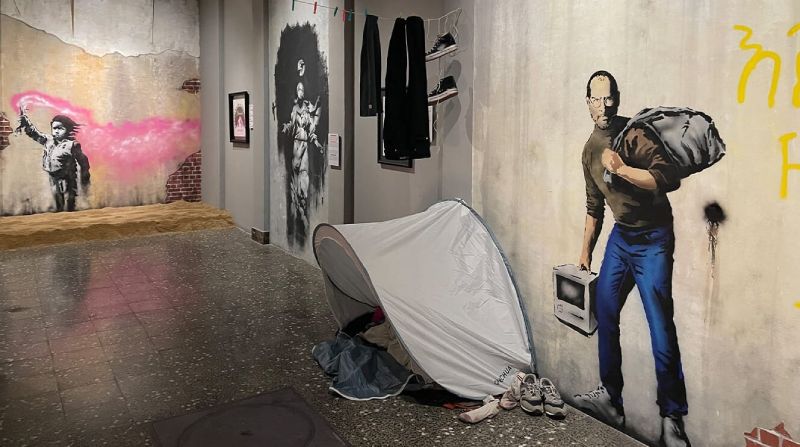
Banksy Museum.
The system no longer needs to censor; it is enough to integrate. Art, with its rucksack of good intentions, is willing to be part of the scenery. Criticism, far from disturbing, accompanies, denunciation does not accuse, it adorns. Meanwhile, museums and cultural centres congratulate themselves for giving space to conflict, as if that were enough to deactivate the brutal background of reality.
The advent of the digital has only accelerated this farce. Everything becomes a flow of information. The most lucid message is lost in the meme and the slogan. The urgent dissolves in the froth of the present. The image of suffering does not call for any concrete action. It barely offers a moral gratification that lasts as long as a click. We no longer seek to transform, only to have the sensation of having looked, and looking today is considered sufficient.
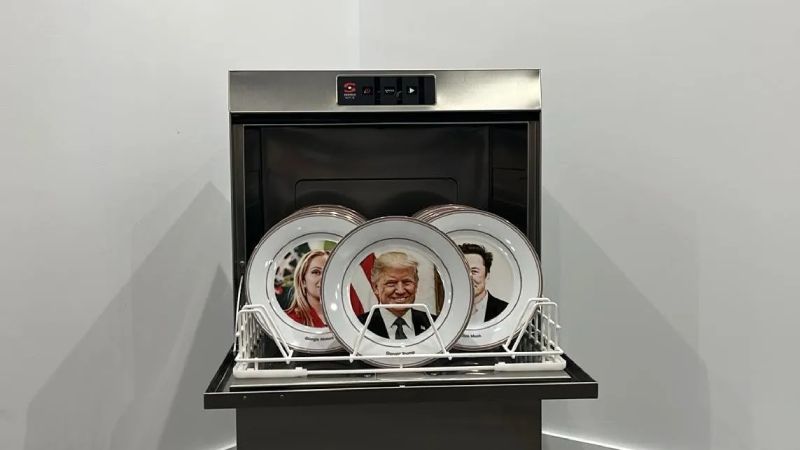
Face-lifting (Eugenio Merino, 2025).
The media celebrates every critical gesture as long as it doesn’t bother too much. Naïve proposals wrapped in the language of the social make headlines without anyone stopping to think about their true scope. It becomes news if someone paints a mural for peace or builds an installation on climate change. Everything adds up, everything excites, everything remains the same.
Political art, as we knew it in the 70s, has been diluted. It has become just another product in the value chain of cultural spectacle. A well-intentioned formality, an excuse to simulate conscience, while keeping intact everything that should be put in crisis. The most perverse aspect of this panorama is not the cynicism, but the supposed sincerity. Many artists believe they are doing something important because they imagine they are awakening consciences. Added to this is another link in this chain of trivialisation that is barely mentioned, the art market and the galleries, which far from questioning this logic, compete for their space in the new symbolic ecosystem. They want to appear more radical, more courageous, more contemporary. In reality they adjust the product to the collector who consumes it, they look for that buyer who feels better when he includes in his collection a work with a critical discourse. A piece that gives the impression of commitment without altering anything. They want political art that doesn’t make them uncomfortable.

Guernica (Pablo Picasso, 1937).
At international art fairs, politics has become a visual attraction. It makes just enough of an impact to sell. The gimmicky works of Maurizio Cattelan repeat formulas that unsettle the spectator instead of questioning him or the works of Eugenio Merino in ARCO that are presented as provocation, while limiting it to being a fairground spectacle. What a scandal, he has put dictators in an urn, how ingenious, how groundbreaking, he has locked multimillionaires in a dishwasher!. It sounds like a joke, and it’s not; it’s just the way it’s reported in the media. There is no real confrontation there, only theatrics. A tame metaphor that reassures the spectator. An object designed for the networks and the visitor’s applause or anger. A souvenir of rebellion, photographable, shareable, perfect for Instagram and for the media that, once again, label artistic practice as marginal testimony without stopping to think about the background of this symbolic operation.
“The political in art lies not so much in the message, but in the ‘redistribution of the sensible’, that is, in altering the distribution of what can be seen and heard in a society.”
Jacques Rancière.
The denunciation of evil has become part of evil itself, as it trivialises it. Adorno sums it up crudely: writing poetry after Auschwitz is an act of barbarism. He did not say this to renounce art, but to warn that all cultural expression after the horror runs the risk of being aestheticised, of becoming part of the very system that allowed it. In his Dialectic of Enlightenment, together with Horkheimer, he insisted that modern culture integrates even the most radical, and in his Aesthetic Theory, he stressed that art that accommodates itself to society, even when it believes itself to be critical, ends up being part of that which it was meant to denounce. To represent horror without challenging its logic is to normalise it. The aestheticisation of the intolerable does not combat it; it neutralises it.

Maurizio Cattelan, La Nona Ora, 1999.
There is no possible consciousness without community and shared experience; that is precisely what has disappeared. The political demands a body, it demands wounds, it demands commitment, it demands risk. Today, art hardly dares not to be liked. Criticism has been domesticated by the desire to belong and to be liked.
Perhaps we have to accept that there is no longer an outside. That dissidence has been converted into a format. The most honest gesture is to remain silent. Perhaps we can still imagine an art without apologies, without complacency, without pretence of usefulness. An art that doesn’t want to save the world, that doesn’t console, that doesn’t communicate, that doesn’t justify, that doesn’t know what to do with what it shows.
Political art no longer moves because it has ceased to hurt, and without pain, it is just one more set in this great representation of emptiness.

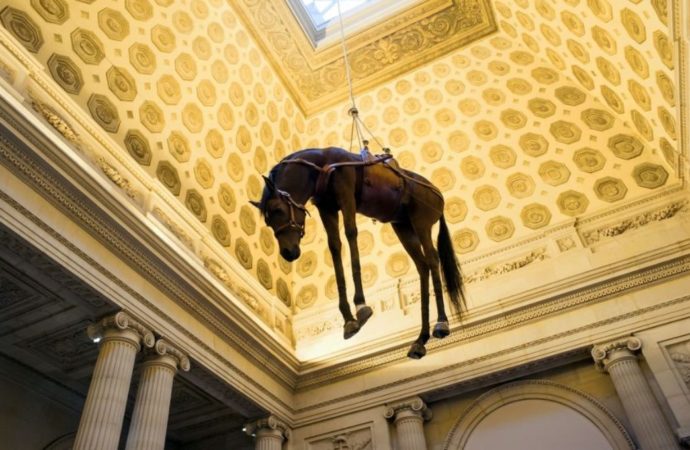

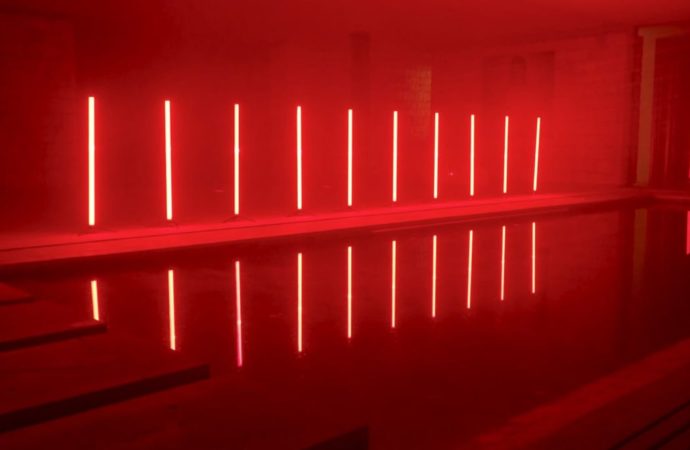

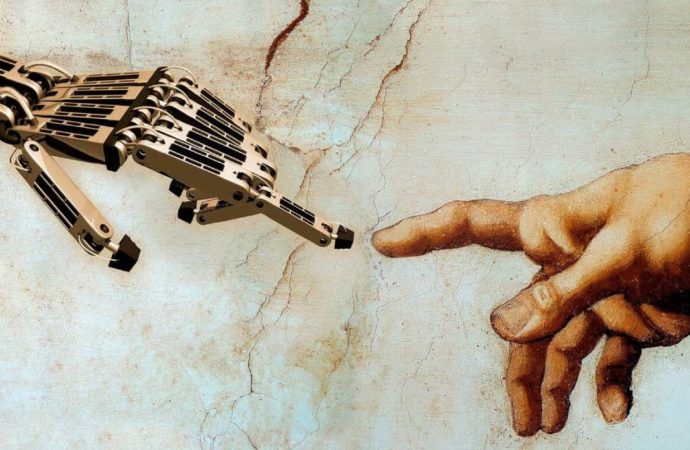

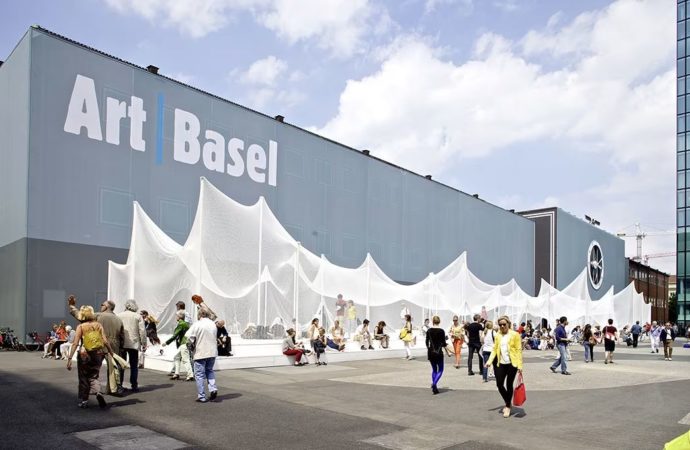
No one has posted any comments yet. Be the first person!